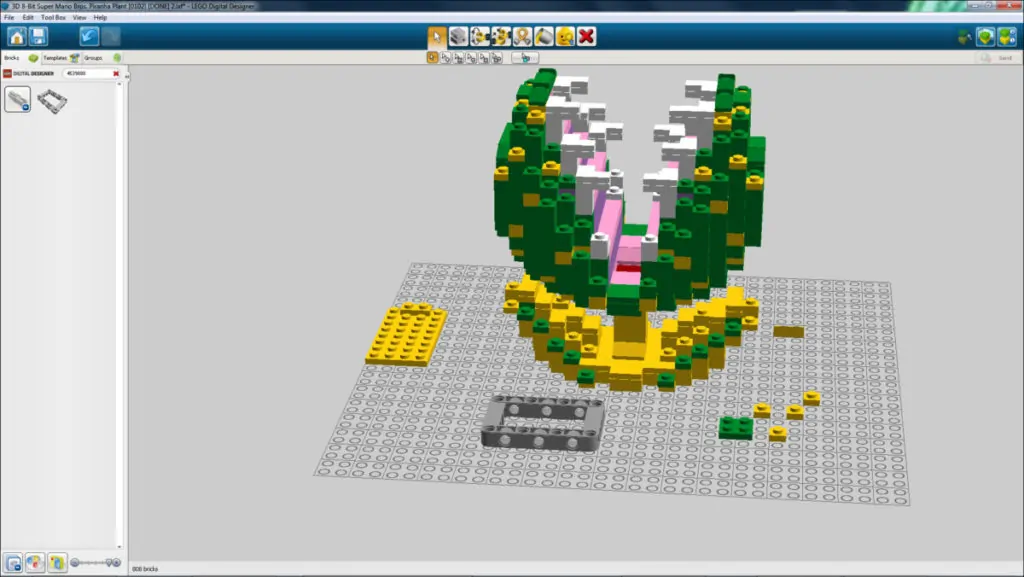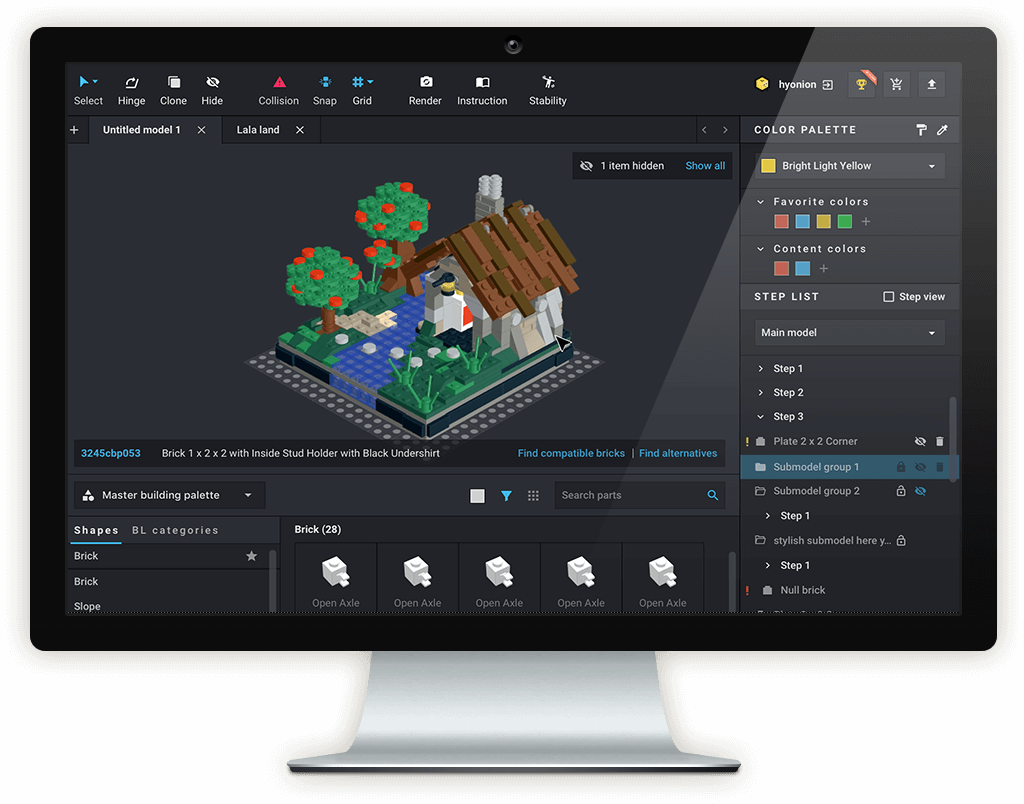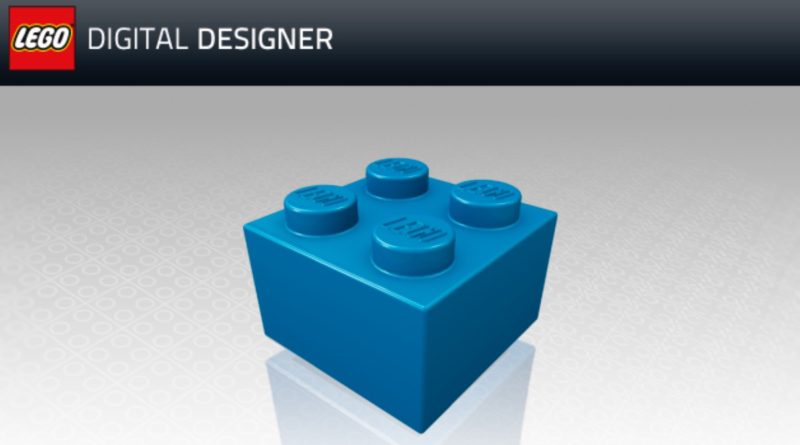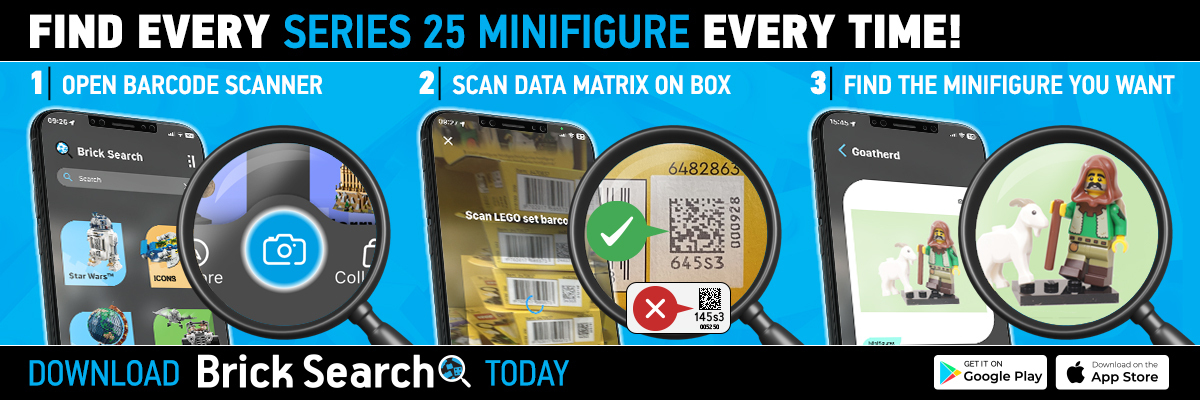LEGO Digital Designer is being replaced by BrickLink Studio
The LEGO Group has confirmed that BrickLink Studio will replace LEGO Digital Designer as the company’s official virtual building software.
LEGO Digital Designer (LDD) has been available in some form since 2004, and for a time was the primary digital building tool for many fans. It’s played a fundamental role in plenty of internal and external LEGO initiatives, including video games, movies and LEGO Factory, and an upgraded version of the software is even used by LEGO designers in-house.
Nearly two decades after its conception, however – and long after the LEGO Group stopped supporting the official version of the program – LDD will now be retired for good. In its place will be Studio, which was originally developed independently in 2014 on the industry-standard Unity gaming engine, and is now owned by the LEGO Group following its acquisition of BrickLink in 2019.

“Our initial vision for LEGO Digital Designer back in 2002 was to make building on a computer accessible and fun for children – to play with and share their creations online,” said Ronny Scherer, producer of the first-generation LEGO Digital Designer. “I am so impressed with how the community of creators has evolved.
“Builders – enthusiasts and professionals alike – have used LDD in wonderful and unexpected ways. They took ownership and created the most amazing virtual LEGO models and have grown the virtual building ecosystem. I am so proud of the team behind LDD and the greater virtual building community. They have truly inspired a generation of digital LEGO creators.”
LEGO Digital Designer’s website will shut down on January 31, after which time the software will no longer be available to download through official channels. At the same time, BrickLink will launch an FAQ to help transition LDD users to Studio, with links to relevant forums, podcasts and tutorials to get started.
“Studio was created because at BrickLink, there is a great belief in how digital LEGO building could unlock true potential of everyone’s creativity by lowering the entry barriers and motivating people to inspire each other,” said Casper Thingholm, Head of BrickLink. “Going forward, the Studio team will continue to focus on making digital building as intuitive as physical building, and encourage even more builders to share their creations to inspire and help each other.”
“When the LEGO Group acquired BrickLink, one of the things that impressed and inspired us was their purposeful development of the Studio software,” added the LEGO Group’s Head of AFOL Engagement Tormod Askildsen.

“For digital building to be not only a nice feature for some, but a meaningful part of many people’s LEGO building experience, it must be an integrated and useful part of both the design, the building and the sharing experience. The talented team behind Studio see this clearly and continue relentlessly to further innovate and improve the Studio experience.”
Studio uses .io files, which are based on the LDraw standard developed by the fan community. However, LDD users can still import .lxf files into BrickLink, and that will continue even after the original software shuts down at the end of this month. But the major advantage of Studio – and one that the LEGO Group is cognisant of – is its ties to BrickLink’s marketplace.
“The marketplace integration gives us great features, like being able to see how much something is likely to cost while you’re building it,” explained Studio Product Manager Jesse McBride. “So you don’t accidentally use 500 parts that cost $5 apiece, or that only exist in Japan. Those kinds of features are very powerful.”
A future episode of the official LEGO Bits N’ Bricks podcast will focus on building digitally, including the legacy of LEGO Digital Designer. Keep an eye on Brick Fanatics over the next couple of days for more details on the shift to Studio.
Support the work that Brick Fanatics does by purchasing your LEGO using our affiliate links.
Author Profile
- I like to think of myself as a journalist first, LEGO fan second, but we all know that’s not really the case. Journalism does run through my veins, though, like some kind of weird literary blood – the sort that will no doubt one day lead to a stress-induced heart malfunction. It’s like smoking, only worse. Thankfully, I get to write about LEGO until then.
Latest entries
News18/04/2024Five LEGO Star Wars sets that could include the rumoured Nien Nunb
News18/04/2024LEGO Star Wars magazine Issue 109 free gift revealed
Best Deal17/04/2024Score a double discount on LEGO Technic Kawasaki with this code
May 2024 sets17/04/2024LEGO 40689 Firework Celebrations rumoured for May 2024







